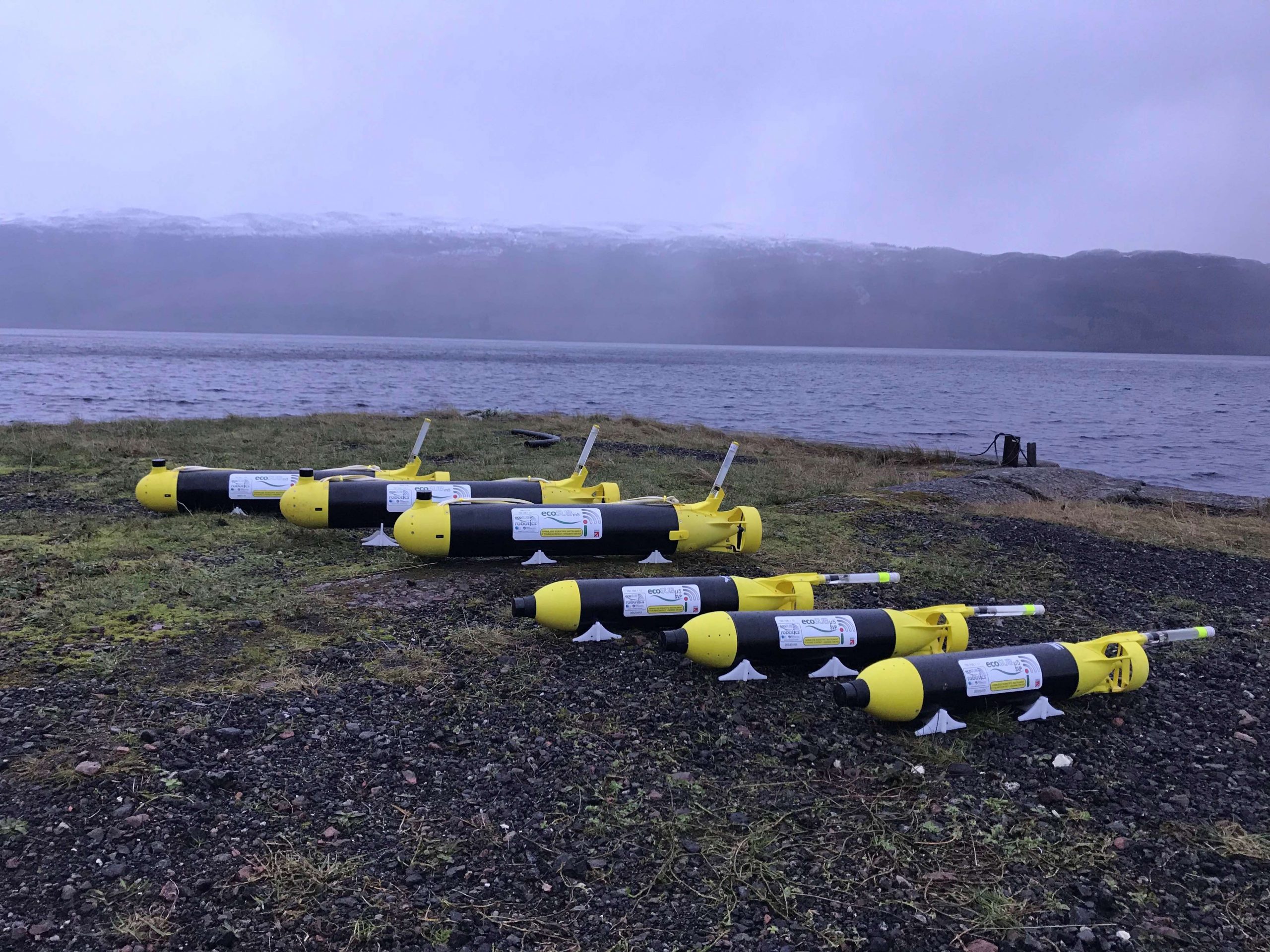Rolling in the Deep with 3D Printing
ecoSUB Marine Scientific Instruments
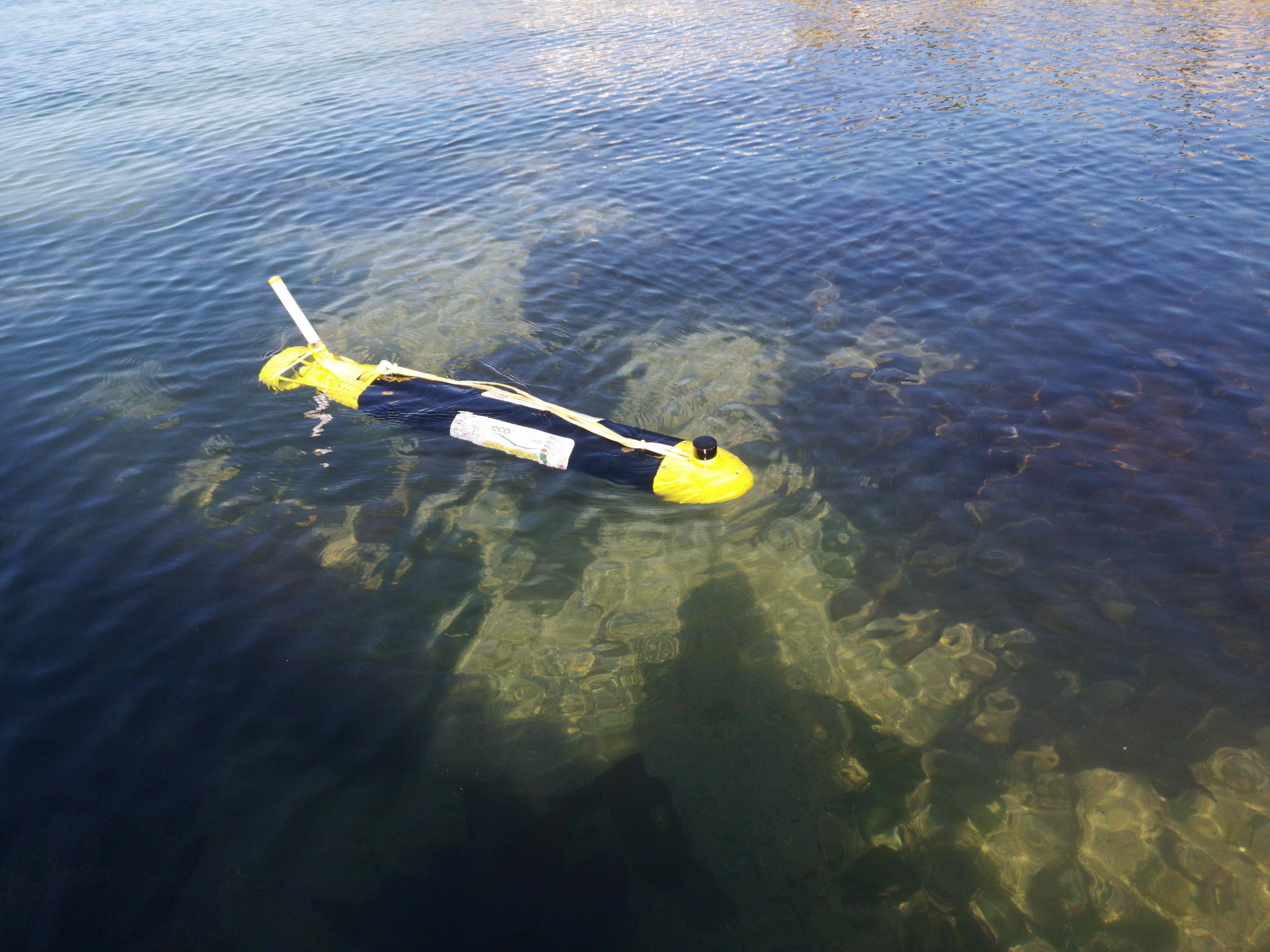
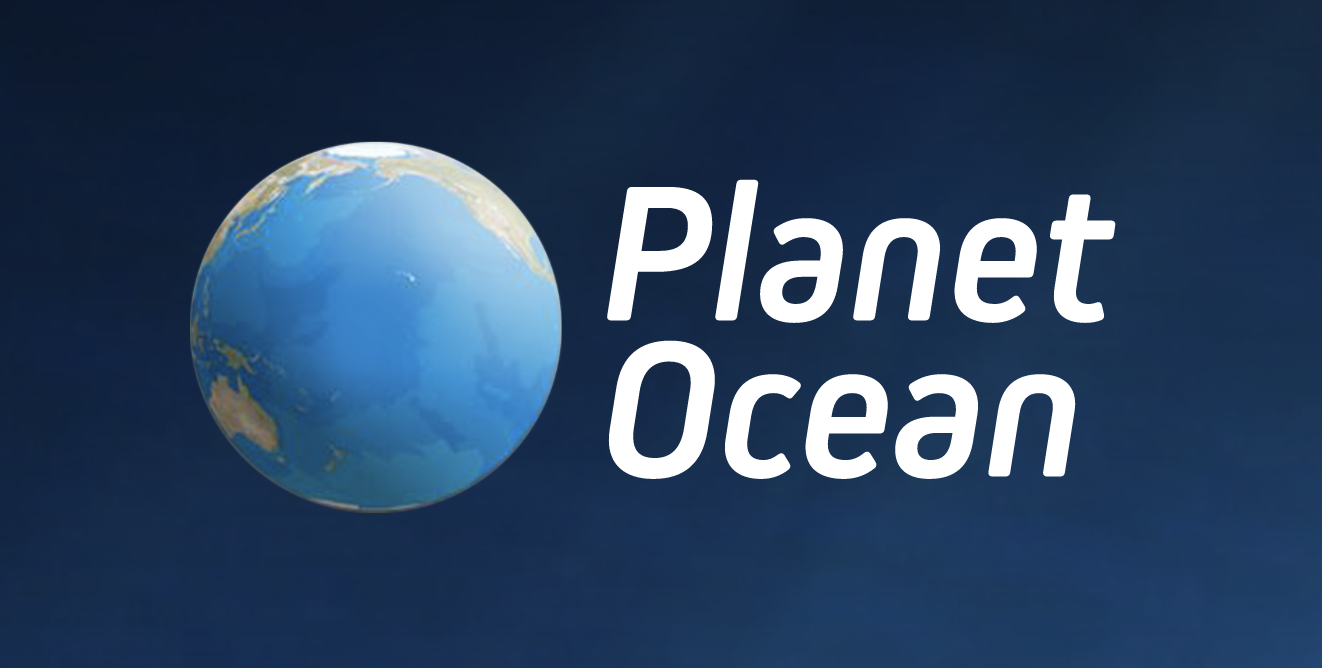
Planet Ocean is a specialist in the provision of high quality, marine scientific instruments for research, survey, naval and operations support. The company represents some of the world’s foremost manufacturers of oceanographic and marine meteorological equipment covering a wide spectrum of disciplines from radar wave measuring systems, to seabed assessment systems, and autonomous underwater and surface vehicles. ecoSUB Robotics — a company spun out of Planet Ocean to engage in the design and manufacture of underwater vehicles — regularly utilises 3DPPRINTUK as a supplier for a number of key 3D printed parts. These 3D printed components have to operate in salt water, in very low temperatures, and under extreme pressure some 2,500m below sea level, while at the same time remaining water-tight and intact.
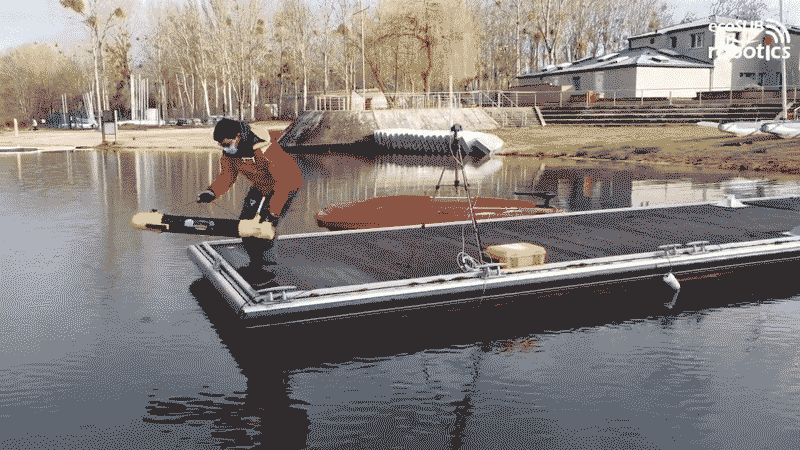
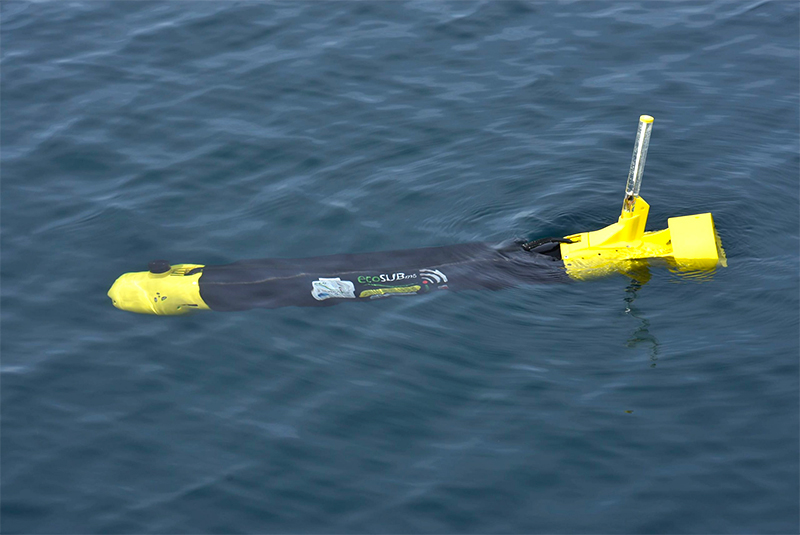
We recently caught up with Jeremy Sitbon, Chief Robotics Engineer – Marine Robotics Systems at ecoSUB Robotics to find out more about these applications. Sitbon told us, “For sure, the parts that we use in our underwater vehicles have to be strong and robust, and absolutely conform to design intent. 3D printing is preferred over injection moulding as we find the technology more versatile, and the design freedom allows us to innovate great parts. Also, our volumes are low (maybe 10 parts per month) so injection moulding would not be economical. Add in the fact that with 3D printing we can customise designs for individual clients, and the choice is clear. We use 3D printing for prototyping and production applications, and transitioned from Additive to 3DPRINTUK as the two companies merged in 2021. For us, it is vital that the prototype and production parts that we order are competitively priced, high quality, and speedily delivered, and in 3DPRINTUK we find all of this and more. Key to the success of our relationship is the inherent knowledge and experience that resides within the 3DPRINTUK team. They have a ‘can do’ attitude, and their understanding of Design for AM (DfAM), and the management of the 3D printing process to maximise efficiencies and therefore reduce costs per part are of vital importance to us.”
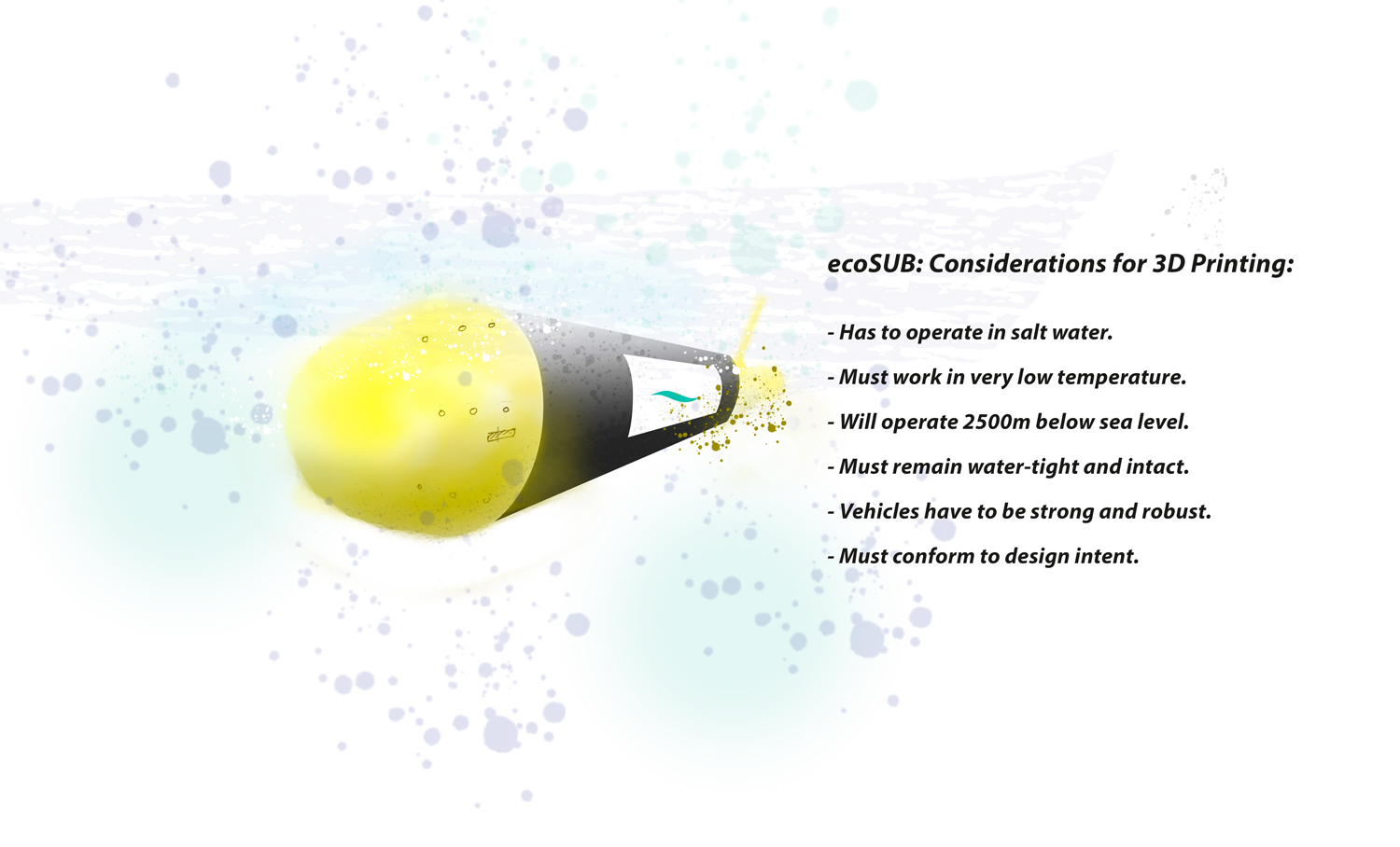
“Key to the success of our relationship is the inherent knowledge and experience that resides within the 3DPRINTUK team.”
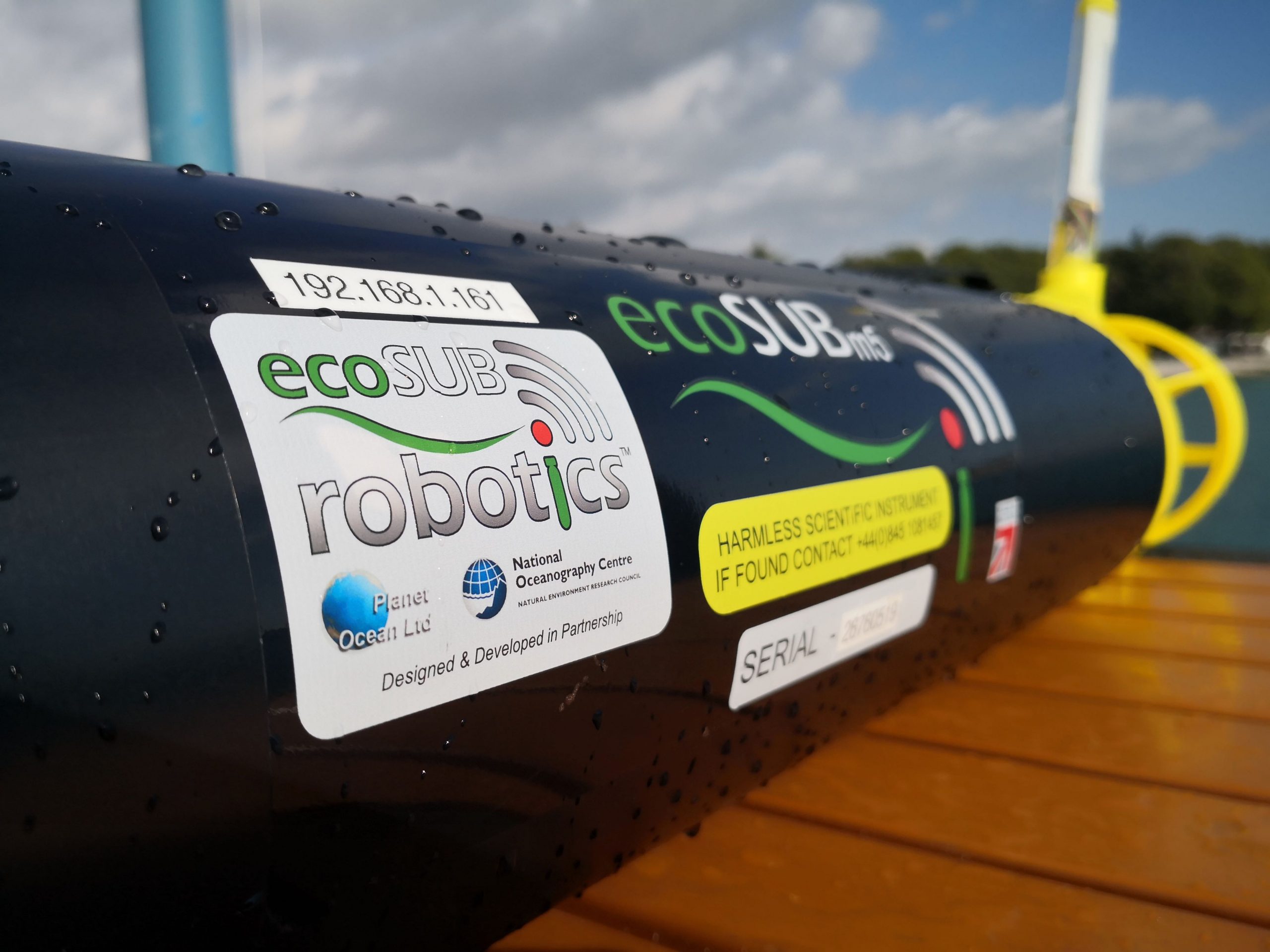
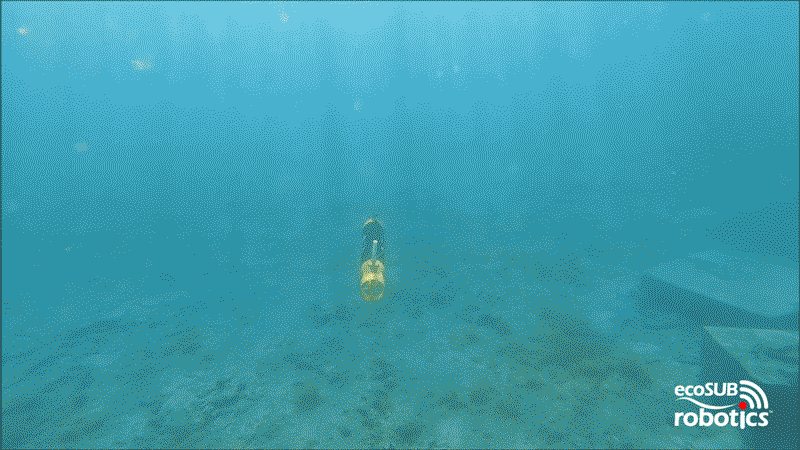
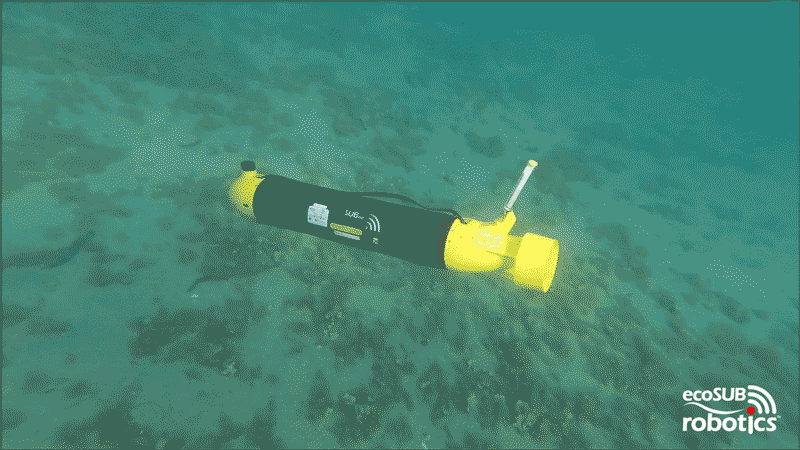
All the 3D printed parts used by ecoSUB Robotics for production are trialled in small prototype batches and integrated into the marine vehicles before production quantities are ordered. The reason that cost is so important to the company is that they see enormous potential for their underwater vehicles not just to be used by professionals within the military and oil and gas sectors, but also research scientists gathering important information about climate change. Price is key to making this advanced technology available to a wide user group. ecoSUB Robotics is able to take advantage of both the MJF and SLS services offered by 3DPRINTUK to maximise the benefits of the different polymer powder bed fusion (PBF) processes.
Sitbon continues, “We are constantly on the look-out for the most cost-effective 3D printing solution for our underwater vehicles, but we cannot compromise on quality at all. There are two different kinds of parts and components in the vehicles, external parts that can be seen, and internal parts that cannot. The external parts need to be yellow for the sake of visibility, and we use SLS for these as the technology produces whiter parts than MJF, and in our opinion this makes the addition of a colour that much more definite and striking. MJF parts are somewhat greyer, and this makes the processed colour less vivid. For parts used internally, and which do not need to be coloured and do not need to be aesthetic, we use MJF parts as they are typically less expensive. So, I guess we have the perception that SLS as a process is more versatile when finishing and dyeing are required, but as we are convinced over time that MJF improves in this respect, we will most likely shift all parts to MJF due to price considerations and the fact that more exacting tolerances can be made repeatably with this 3D printing process meaning improved detailing on parts. It is hugely valuable to us that 3DPRINTUK has both technologies at its fingertips, and has the knowledge and expertise to advise on the best technology for each application.”
“We are constantly on the look-out for the most cost-effective 3D printing solution for our underwater vehicles, but we cannot compromise on quality at all.”
ecoSUB Robotics see pros and cons with both SLS and MJF, but find that MJF parts seem to have a better finish before post-processing, and this would be an advantage for external coloured parts which when made via SLS tend to get dirty and look worn over time and under heavy usage.
Sitbon concludes, “The assessment of SLS and MJF will continue, and we are happy to be guided as to which process to use for internal and external applications by the 3DPRINTUK team. Because of the harsh environments that some of our vehicles are used in, integrity of material chosen is everything, and we are amazed by both processes which can withstand intense cold, high pressure, and the corrosive nature of salt water, and still pass rigorous water-tightness tests. We will continue to use 3DPRINTUK as we have not found an on-line ordering system that comes close to theirs in terms of ease-of-use, and the team has an enormous depth of knowledge in material selection, DfAM, and print optimisation that benefits us on every level.”
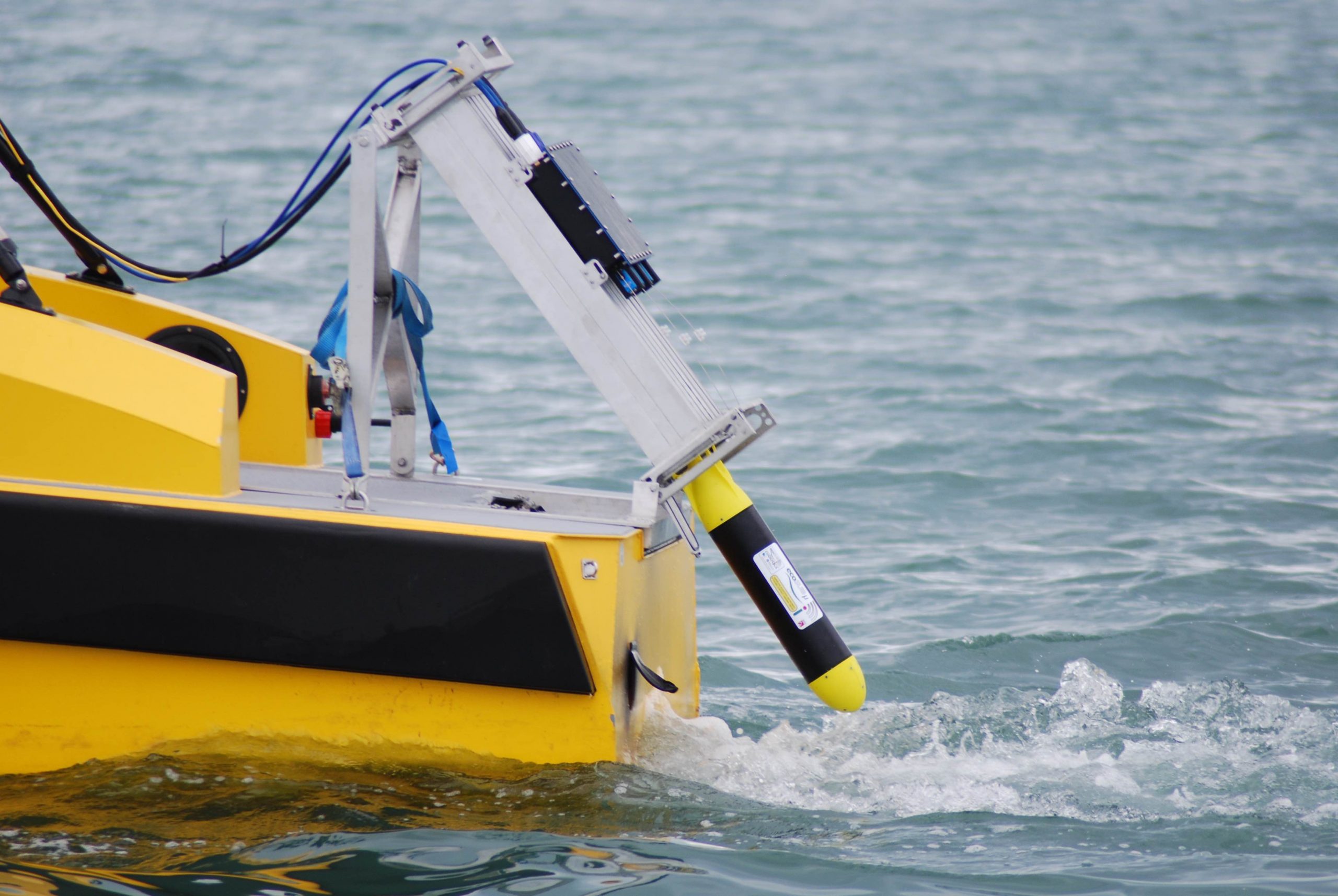
“We will continue to use 3DPRINTUK as we have not found an on-line ordering system that comes close to theirs in terms of ease-of-use, and the team has an enormous depth of knowledge in material selection, DfAM, and print optimisation that benefits us on every level.”
